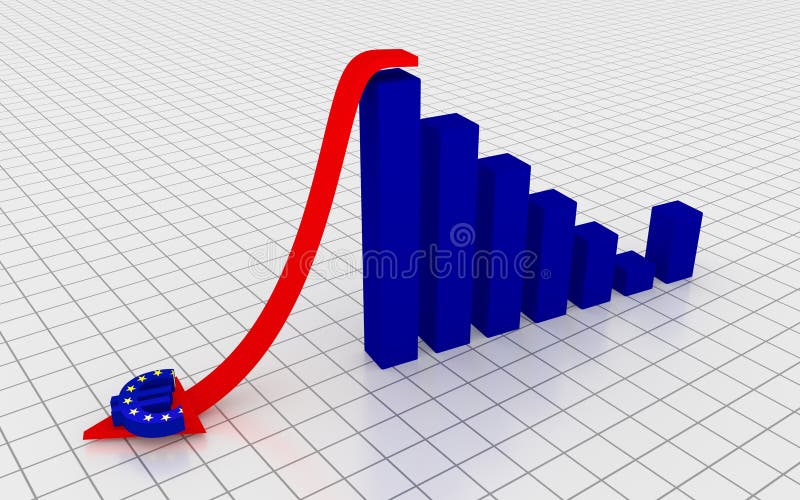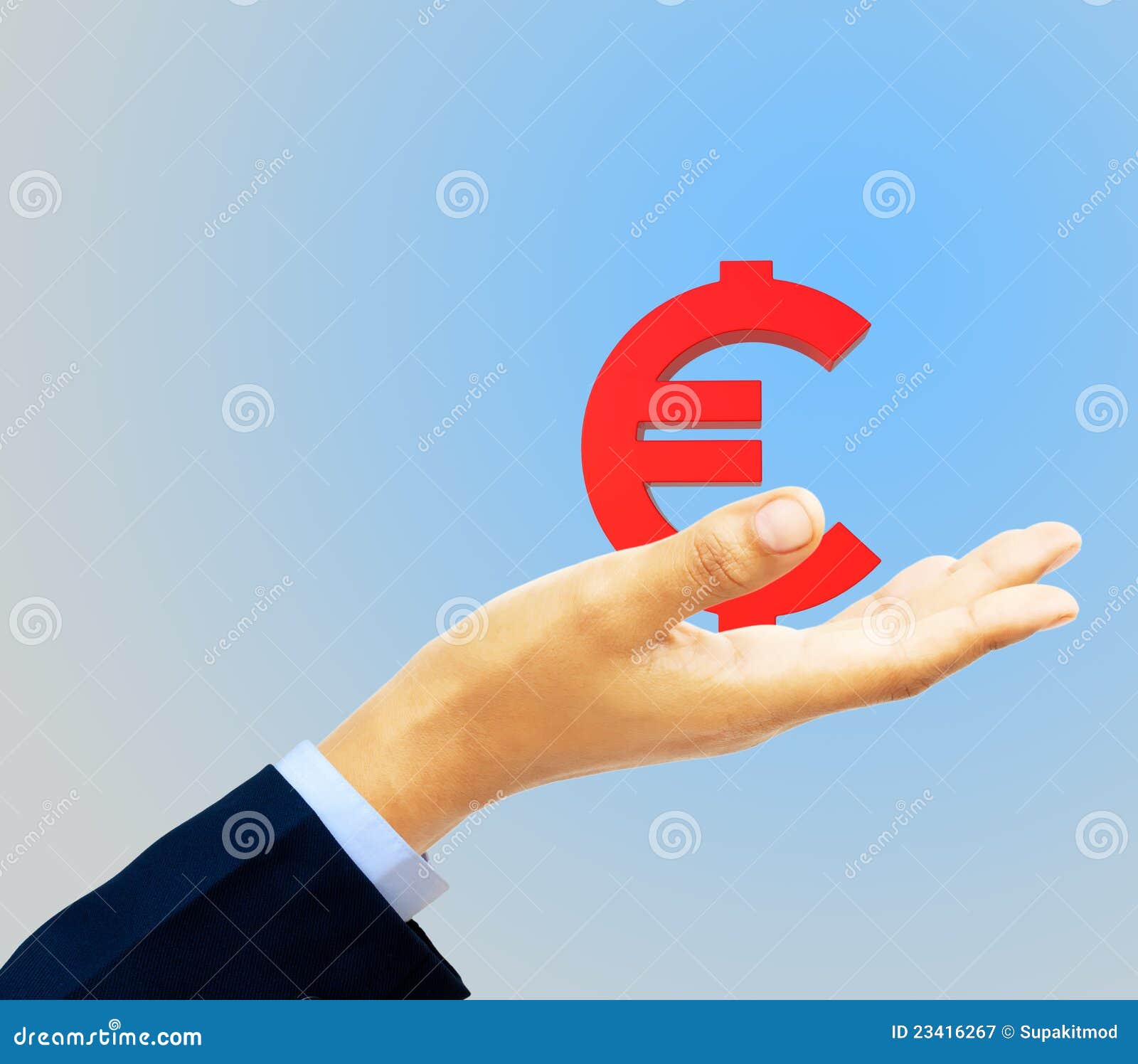The euro symbol (€) is more than just a currency sign; it represents the economic unity of the European Union and its member states. As one of the most widely used currencies globally, the euro has become a cornerstone of international finance. Understanding the euro symbol's history, usage, and significance can provide valuable insights into the financial landscape of Europe and beyond.
For businesses, travelers, and investors, familiarity with the euro symbol is essential. It plays a crucial role in commerce, trade, and financial transactions across Europe. This article aims to explore the euro symbol's origins, its implementation, and its importance in modern-day transactions.
Whether you're a student, professional, or simply curious about the euro, this guide will provide a detailed overview of everything you need to know. From its creation to its digital representation, we'll cover all aspects of the euro symbol to ensure you're well-informed.
Read also:Mila Kunis Feet A Comprehensive Exploration Of The Topic
Table of Contents
- The History of the Euro Symbol
- The Creation of the Euro
- Design and Symbolism of the Euro Symbol
- How to Use the Euro Symbol
- Unicode and Encoding of the Euro Symbol
- Digital Representation of the Euro Symbol
- Economic Impact of the Euro
- Countries Using the Euro
- The Future of the Euro
- Conclusion
The History of the Euro Symbol
The euro symbol (€) was officially introduced on December 12, 1996, during a special ceremony in Frankfurt, Germany. It was designed by a team of experts from the European Commission, who aimed to create a symbol that would represent unity, stability, and modernity. The euro's introduction marked a significant milestone in the history of European economic integration.
Before the euro symbol, European countries used their national currencies, such as the Deutsche Mark, French Franc, and Italian Lira. The transition to a single currency was a complex process that required careful planning and coordination among member states. Today, the euro symbol is recognized worldwide and is used in various contexts, from financial reports to everyday transactions.
Origins of the Euro
The idea of a single European currency dates back to the early 1960s, when the European Economic Community (EEC) began discussing the possibility of monetary union. However, it wasn't until the Maastricht Treaty of 1992 that the euro became a reality. This treaty laid the groundwork for the creation of the euro and established the criteria for countries to join the eurozone.
The Creation of the Euro
The euro was officially launched on January 1, 1999, as a virtual currency for electronic payments and banking transactions. Physical euro banknotes and coins were introduced three years later, on January 1, 2002. This marked the beginning of the euro's widespread use across Europe.
During its creation, the euro symbol underwent a rigorous selection process. Over 30 designs were submitted, and the final symbol was chosen for its simplicity and elegance. The symbol resembles the Greek letter epsilon (ε) with two horizontal lines, representing stability and balance.
Key Features of the Euro Symbol
- Simple and easily recognizable design
- Inspired by the Greek letter epsilon
- Two horizontal lines symbolizing stability
- Compatible with various fonts and digital platforms
Design and Symbolism of the Euro Symbol
The design of the euro symbol (€) is both functional and symbolic. Its resemblance to the Greek letter epsilon reflects the cultural heritage of Europe, while the two horizontal lines convey a sense of stability and strength. The symbol's simplicity ensures it can be easily reproduced in various formats, from printed documents to digital displays.
Read also:Who Is Kendrick Lamar Dating Exploring The Life And Relationships Of The Renowned Artist
Symbolically, the euro represents the economic unity of the European Union. It serves as a reminder of the shared values and goals of the member states, promoting cooperation and stability in the region. The euro's design also reflects the modern era, emphasizing innovation and progress.
How to Use the Euro Symbol
Using the euro symbol (€) correctly is essential for clear communication in financial contexts. The symbol is typically placed before the amount, with a non-breaking space separating it from the numerical value. For example, €100 represents one hundred euros.
In digital environments, the euro symbol can be inserted using various methods, such as keyboard shortcuts, Unicode, or HTML entities. These methods ensure the symbol is displayed consistently across different devices and platforms.
Common Methods for Inserting the Euro Symbol
- Keyboard shortcut: Alt + 0128 (Windows) or Option + Shift + 2 (Mac)
- Unicode: U+20AC
- HTML entity: €
Unicode and Encoding of the Euro Symbol
The euro symbol (€) is represented in Unicode as U+20AC. This encoding ensures the symbol can be accurately displayed across different systems and devices. Unicode is a universal character encoding standard that assigns unique numbers to characters, allowing them to be consistently represented in digital formats.
When working with the euro symbol in digital environments, it's important to ensure the correct encoding is used. Most modern systems and applications support Unicode, making it easy to include the euro symbol in documents, web pages, and other digital content.
Digital Representation of the Euro Symbol
In the digital age, the euro symbol (€) plays a crucial role in online transactions, e-commerce platforms, and financial software. Its compatibility with various systems and platforms ensures seamless communication and accurate representation in digital environments.
Many businesses and organizations rely on the euro symbol for pricing and financial reporting. Ensuring the symbol is displayed correctly is essential for maintaining professionalism and accuracy in digital communications.
Best Practices for Digital Use
- Use Unicode or HTML entities for consistent representation
- Test compatibility across different devices and platforms
- Ensure proper alignment and spacing in digital documents
Economic Impact of the Euro
The introduction of the euro has had a significant impact on the European economy. It has facilitated trade and commerce within the eurozone, reduced exchange rate fluctuations, and increased price transparency. The euro has also strengthened the European Union's position in the global financial market.
However, the euro's implementation has not been without challenges. The 2008 financial crisis and subsequent eurozone debt crisis highlighted the need for stronger fiscal coordination among member states. Despite these challenges, the euro remains a vital component of Europe's economic landscape.
Benefits of the Euro
- Facilitates trade and commerce within the eurozone
- Reduces exchange rate fluctuations
- Increases price transparency
- Strengthens the European Union's global financial position
Countries Using the Euro
As of 2023, 20 European Union member states use the euro as their official currency. These countries, collectively known as the eurozone, include Germany, France, Italy, Spain, and the Netherlands, among others. Adoption of the euro has brought economic benefits to these countries, although some have faced challenges in adapting to the single currency.
Several non-EU countries, such as Kosovo and Montenegro, also use the euro as their de facto currency. This demonstrates the euro's widespread acceptance and influence beyond the borders of the European Union.
Eurozone Member States
- Germany
- France
- Italy
- Spain
- Netherlands
- Belgium
- Greece
- Portugal
- Austria
- Finland
The Future of the Euro
The future of the euro remains bright, despite the challenges it has faced in recent years. As the European Union continues to evolve, the euro will play an increasingly important role in shaping the continent's economic landscape. Efforts to strengthen fiscal coordination and address economic disparities within the eurozone will be crucial for the currency's long-term success.
Technological advancements, such as digital currencies and blockchain, may also influence the future of the euro. The European Central Bank is exploring the possibility of introducing a digital euro, which could revolutionize the way people use and interact with the currency.
Conclusion
The euro symbol (€) represents more than just a currency; it embodies the economic unity and cooperation of the European Union. From its creation to its widespread use, the euro has become a vital component of the global financial system. Understanding the euro symbol's history, design, and significance can provide valuable insights into the economic landscape of Europe and beyond.
We encourage readers to share their thoughts and experiences with the euro in the comments section below. For more information on the euro and its impact on the global economy, explore our other articles on this topic. Together, let's continue the conversation about the future of the euro and its role in shaping the world's financial landscape.

